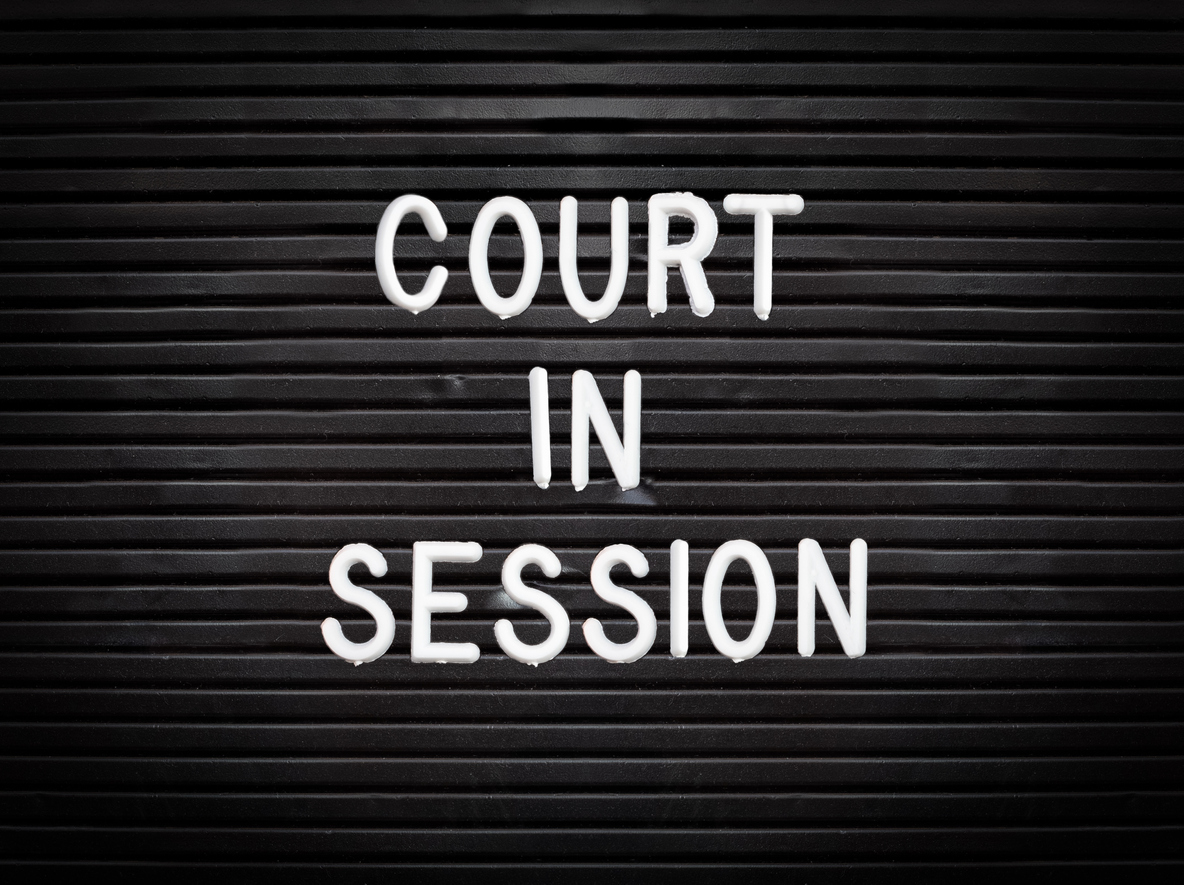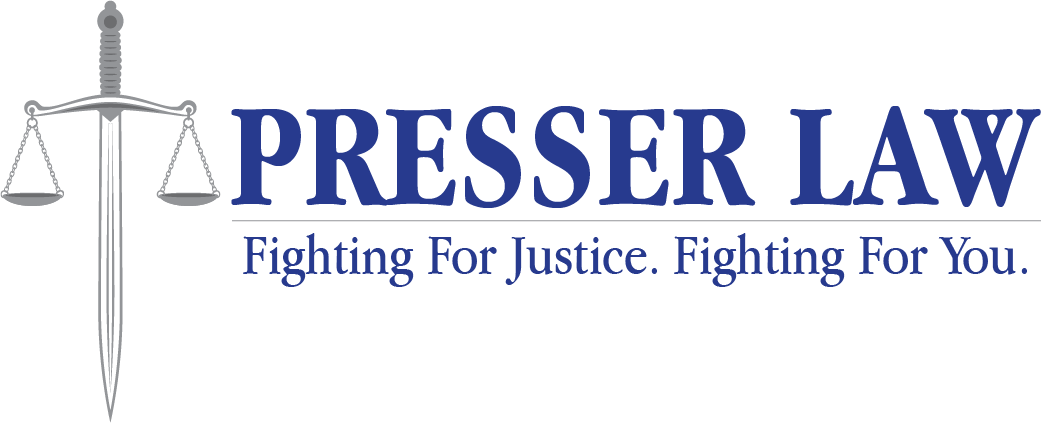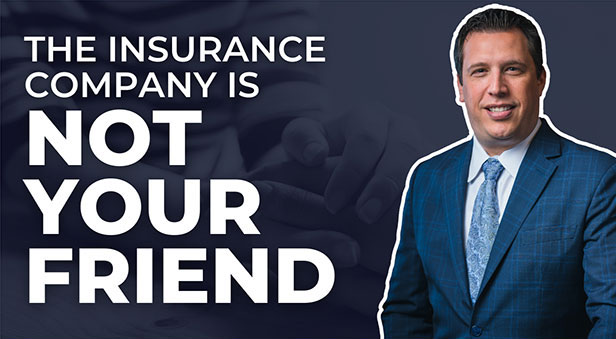
Florida’s Comparative Fault Law
Florida is currently a comparative fault state. However, it has not always been that way. In 1886, the Florida Supreme Court in Louisville and Nashville Railroad Co. v. Yniestra would hold that Florida was a contributory fault state. Florida state courts would uniformly follow the Yniestra opinion for the next 87 years. In 1973, the Florida Supreme Court, in Hoffman v. Jones, would recede from Yniestra and establish comparative fault as the rule for Florida in negligence cases. In 1986, the Florida legislature would codify Florida’s comparative fault through Florida Statute § 768.81.
Difference Between Comparative Fault and Contributory Fault
Contributory Fault
Currently, only four (4) states and Washington D.C. follow contributory fault law. States who follow contributory fault laws are brutal for plaintiffs (i.e. injured persons). In those states where a jury finds that the plaintiff contributed to their own injury – even if only slightly – they cannot recover from the at fault party.
Example: A pedestrian is crossing the road in a crosswalk with the crosswalk signal but is texting as he walks. A driver, who has a redlight but does not see it because he is also texting, does not stop and injures the pedestrian. No one would argue the driver bears fault in causing the crash. But what about the pedestrian? If a jury were to find the pedestrian were only 1% at fault, the injured pedestrian could not recover against the driver who was 99% at fault. (Note: In 2016, Washington DC passed a law that brings pedestrian and cyclist injuries more in line with Modified Comparative Fault, see below).
Comparative Fault
All states that do not follow contributory fault instead utilize one of two forms of comparative fault – either pure, like Florida, or modified.
Pure Comparative Fault – Unlike contributory fault laws, a plaintiff who has some fault for causing their injury is not barred from recovery for their injury. Rather, the plaintiff’s percentage of fault simply reduces their recovery by the same percentage.
Example: If a jury finds a plaintiff 25% at fault and the defendant 75% at fault, the damages awarded will be reduced by 25% – the percent of fault on the plaintiff.
Modified Comparative Fault – Also unlike contributory fault states, a plaintiff’s negligence in causing their own injury does not automatically bar recovery. Instead, any award of damages is reduced by the plaintiff’s fault as long as it is 50% or less. If a plaintiff is found to be more than 50% at fault, they will be unable to recover. This rule allows a plaintiff to recover their proportional share of damages unless they are more at fault than the defendant.
Example: If a jury finds a plaintiff 1-50% at fault, the damages are reduced by equal percentage. If a jury finds a plaintiff more than 50% at fault, they cannot recover for their injuries.
How Florida’s Comparative Fault Law Can Affect Your Injury or Wrongful Death Claim
As Florida is a comparative fault state, your recovery can be reduced by your percentage of fault. That percentage of fault can range anyway from 0% to 100%. It is something that must be considered when bringing your claim and analyzing recovery or settlement amounts. After all, while plaintiffs often do not contribute to the incident that leads to their injuries, if you did contribute to the incident, maybe 20% for example, and do not factor this into your claim, your analysis on how to handle your claim may be incorrect. Injury attorneys take into consideration potential comparative fault issues and work to build a defense around them or work to minimize the percentage of fault
You should keep in mind that Insurance companies are not in the business of paying claims. They are in the business of collecting premiums and paying out as little as possible. This often results in insurance companies assigning a larger percentage of fault than is correct.
Just some ways insurance companies have argued fault on behalf of an injured party:
- Wearing high heels in a store (yes, this was argued in a slip and fall action.);
- Failing to wear a seatbelt in a vehicle accident;
- Misuse of a product;
- Making a left turn in front of stopped traffic when struck by the defendant;
- Failing to wear a helmet while on a scooter;
- Tripping on a known, unsecured electrical cord;
- Intoxication; and
- Condition which caused trip was open and obvious.
Conclusion
Florida’s comparative fault law seems to be much fairer to all parties involved than the law followed in other states. Under Florida law, a party is only responsible for their share of fault in contributing the injuries sustained by the injured party. While this may seem unfair to the injured party who may have some comparative fault in causing the injury, its much better than the alternative of being unable to bring a claim altogether.
In addition, Florida’s comparative fault law allows injured parties to challenge the evidence and prove to a jury why they have no fault, or less fault than alleged by the negligent party. Injury attorneys fight these battles in courtrooms throughout the country every day and should be aware of any potential comparative fault issues and how to appropriately address them.
Click For Free Case Review
Get Your Free Attorney Case Review Today!
If you have been injured in a car accident or as a pedestrian, call 407.216.2000 or click here for free attorney case review. I have helped hundreds of accident injury victims find their justice and I would be honored to help you as well.
______________________
Presser Law, P.A. was founded on the idea that injury victims deserve aggressive and straight forward representation to help them through some of their most difficult times. “Fighting for Justice. Fighting for You.” is more than a motto. It is our promise and reminder to our client’s that we will be with them, fighting to make sure they receive the compensation they deserve.






